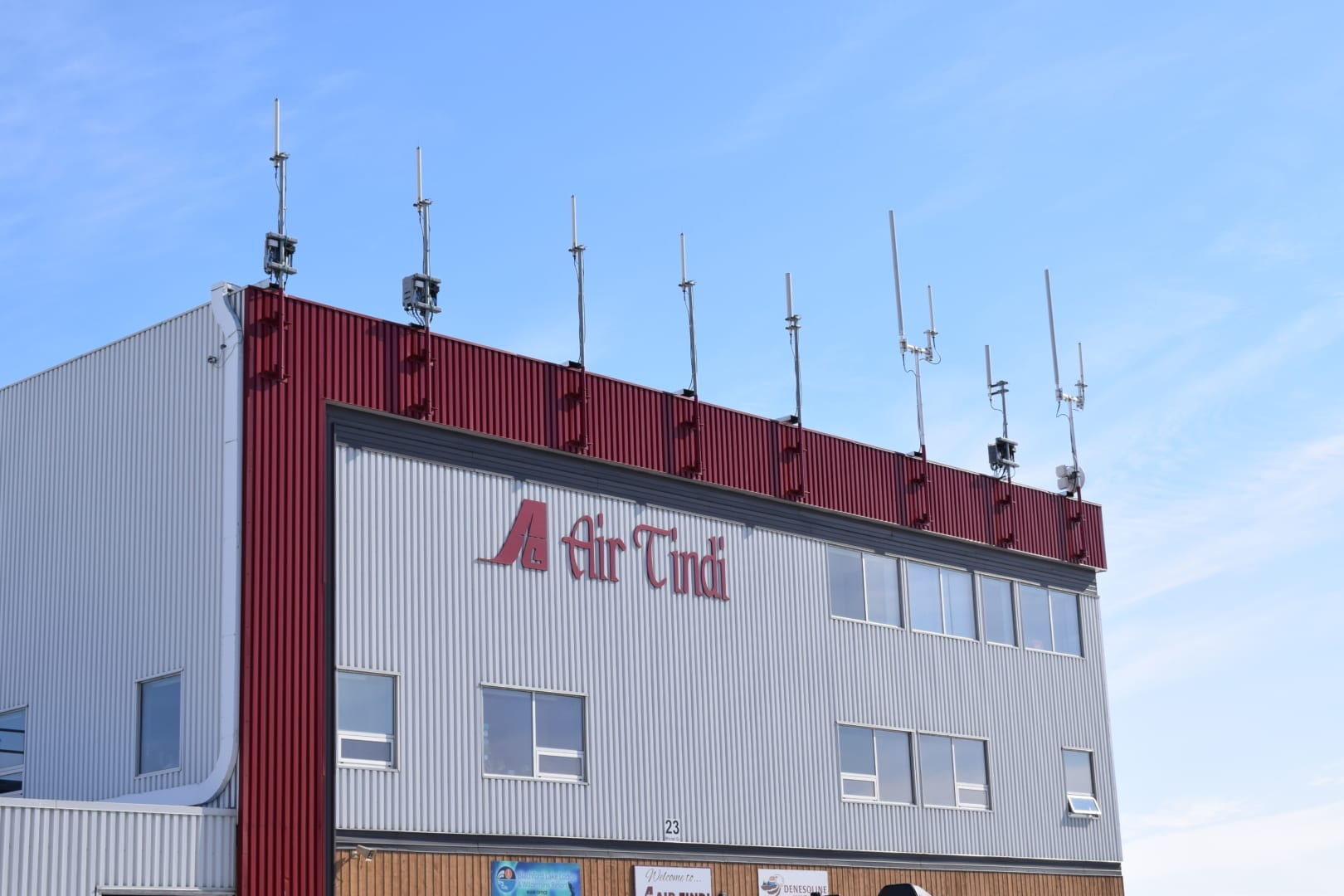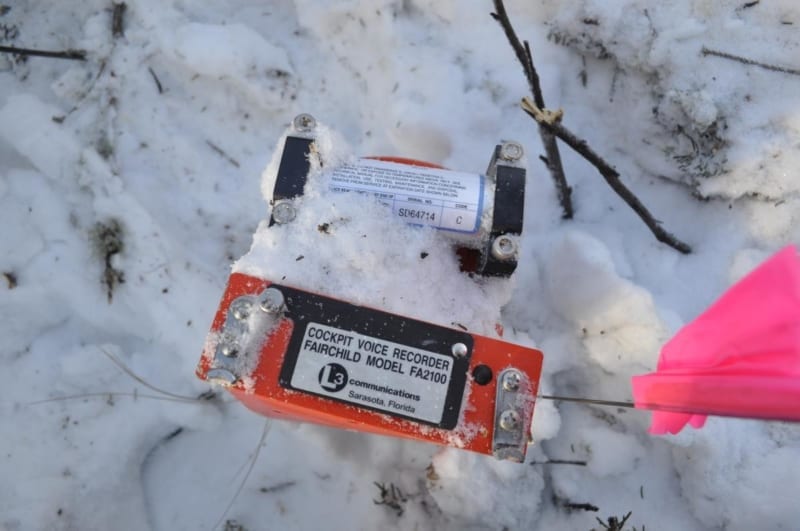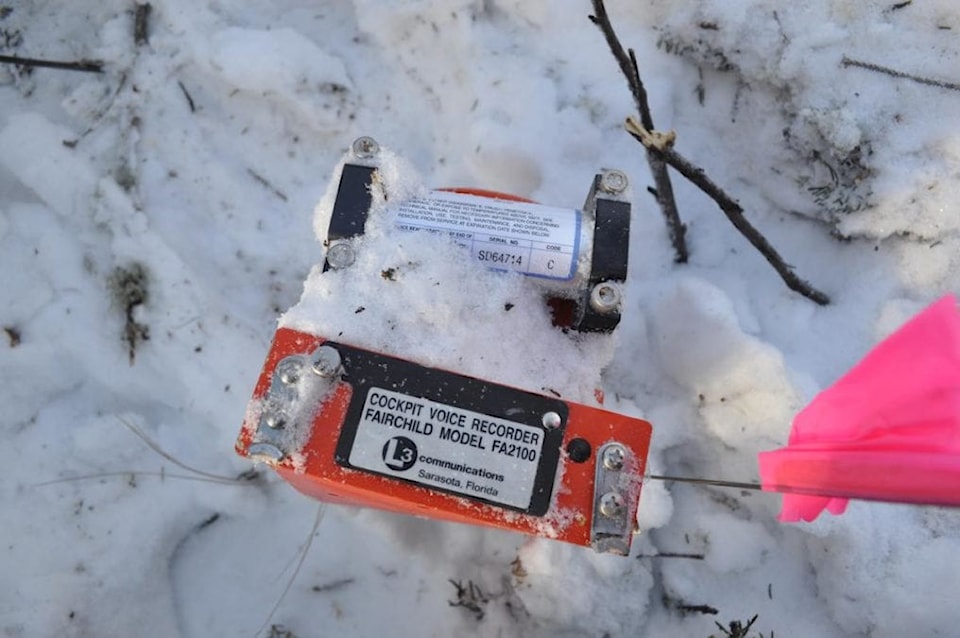An Air Tindi plane that crashed on Jan. 30, killing both pilots, should never have taken off that morning.
So says the company's president Al Martin after the Transportation Safety Board of Canada (TSB) revealed this week that the King Air 200 aircraft left Yellowknife for Whati with a faulty attitude indicator and another that failed moments before the plane crashed.

No aircraft should take off without all the attitude indicators functioning normally, said Martin when Yellowknifer spoke with him Thursday.
SA����Ӱ�Ӵ�ý�The attitude indicator is such a critical instrument," said Martin.
SA����Ӱ�Ӵ�ý�ItSA����Ӱ�Ӵ�ý�s a really difficult thing for me to speak to because obviously, ISA����Ӱ�Ӵ�ý�m very mindful of what that implies for the pilots. ItSA����Ӱ�Ӵ�ý�s not an easy discussion to have, but no. That aircraft should not have taken off without both of the attitude indicators working.SA����Ӱ�Ӵ�ý�
Air Tindi pilots Will Hayworth and Zach McKillop died on impact. They were the only people aboard the plane.
While it's still too early to determine a cause of the crash, investigators confirmed the right side attitude indicator was not working when the aircraft left Yellowknife, said Jeremy Warkentin, a technical investigator at the TSB.
SA����Ӱ�Ӵ�ý�ThatSA����Ӱ�Ӵ�ý�s one of the key instruments that tells the flight crew the pitch attitude of the aircraft and the roll attitude of the aircraft,SA����Ӱ�Ӵ�ý� said Warkentin.
With the exception of takeoff and landing, the pilots were flying in cloud cover for most of the flight and were relying on their instruments rather than visual cues - an aviation flight category known as 'instrument meteorological conditions.'
SA����Ӱ�Ӵ�ý�What that means is the crew really has no information from outside the cockpit as to the attitude of the aircraft," he explained.
"So theySA����Ӱ�Ӵ�ý�re reliant on the instruments in front of them to operate the aircraft how they see fit.SA����Ӱ�Ӵ�ý�
In this case, those instruments failed. When the pilots left Yellowknife the right side attitude indicator was not working. About 20 minutes later on the descent into Whati, the captain's attitude indicator on the left side also failed.
The aircraft automatically transmits its position and other basic flight information to the Automatic Dependent Surveillance-Broadcast (ADSB) system - a satellite-based flight tracking system. Investigators analyzed this data to determine factors such as the aircraft's air speed, said Warkentin.
"Prior to the collision with terrain, the maximum descent rate that the aircraft achieved was about 32,000 feet per minute,SA����Ӱ�Ӵ�ý� he said.
The descent was significantly higher than the typical descent rate for this class of aircraft which is around 1,000 to 2,000 feet per minute, he said.

To date, about 60 per cent of the wreckage has been recovered from the crash site and some pieces of the aircraft were sent to a lab in Ottawa for more detailed analysis, said Warkentin.
"WeSA����Ӱ�Ӵ�ý�ll be co-ordinating with the insurance company in the process of recovering the rest of the wreckage," he said.
At this point, Warkentin said he can't say what could have been done to prevent the crash.
SA����Ӱ�Ӵ�ý�WeSA����Ӱ�Ӵ�ý�re still at the analysis phase and understanding the circumstances that led to the occurrence, and so we canSA����Ӱ�Ӵ�ý�t draw any conclusions at this point," he said.
The TSBSA����Ӱ�Ӵ�ý�s mandate is to try and understand what happened and why, in order to make aviation as safe as possible, Warkentin added.
SA����Ӱ�Ӵ�ý�We look beyond the decisions that were made and the circumstances that led to this specific occurrence to lessons that we can share with the aviation community as a whole, that everybody can learn from.SA����Ӱ�Ӵ�ý�
Air Tindi is working closely with investigators and looking at ways to improve safety, said Martin.
SA����Ӱ�Ӵ�ý�WeSA����Ӱ�Ӵ�ý�re obviously trying to identify things that we could respond to in terms of what happened to minimize or eliminate the chance of it ever happening again," said Martin.



